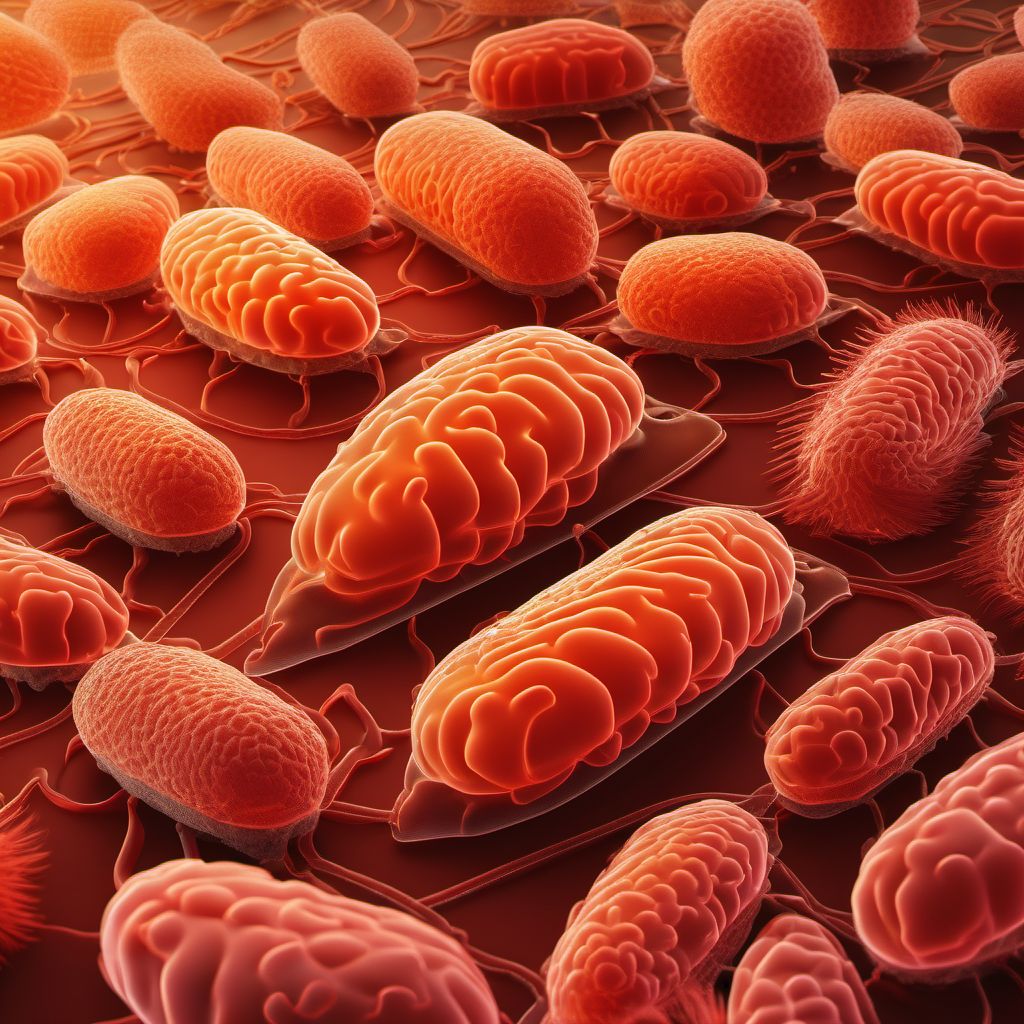
Localized salmonella infections Save
ICD-10 code: A02.2
Chapter: Certain infectious and parasitic diseases
Localized Salmonella Infections: Causes, Symptoms, and Treatment
Salmonella is a type of bacteria that can cause food poisoning. While most people are familiar with the gastrointestinal symptoms associated with salmonella infections, such as diarrhea and vomiting, localized salmonella infections can also occur.
Localized salmonella infections occur when the bacteria infects a specific area of the body, such as the skin, joints, or urinary tract. These infections can be caused by direct contact with contaminated food or water, or by contact with infected animals.
Causes of Localized Salmonella Infections
Localized salmonella infections can be caused by a variety of factors, including:
- Direct contact with contaminated food or water
- Consuming raw or undercooked meat
- Handling reptiles or birds, which can carry the bacteria
- Exposure to contaminated soil or water
Symptoms of Localized Salmonella Infections
The symptoms of localized salmonella infections can vary depending on the area of the body that is affected. Some common symptoms include:
- Redness and swelling at the site of infection
- Pain and tenderness in the affected area
- Fever and chills
- Difficulty moving the affected joint or limb
- Painful urination
Treatment for Localized Salmonella Infections
Treatment for localized salmonella infections typically involves antibiotics to kill the bacteria. In some cases, surgery may be necessary to drain abscesses or remove infected tissue. Pain relievers and anti-inflammatory medications may also be prescribed to manage symptoms.
It is important to seek medical attention if you suspect you have a localized salmonella infection. Without treatment, these infections can lead to serious complications, such as sepsis or bone infections.
Preventing Localized Salmonella Infections
There are several steps you can take to reduce your risk of developing a localized salmonella infection, including:
- Avoiding contact with reptiles and birds
- Cooking meat thoroughly
- Washing your hands frequently, especially after handling raw meat or eggs
- Avoiding cross-contamination of foods
- Drinking clean, filtered water
By taking these precautions, you can help protect yourself and your family from the dangers of localized salmonella infections.